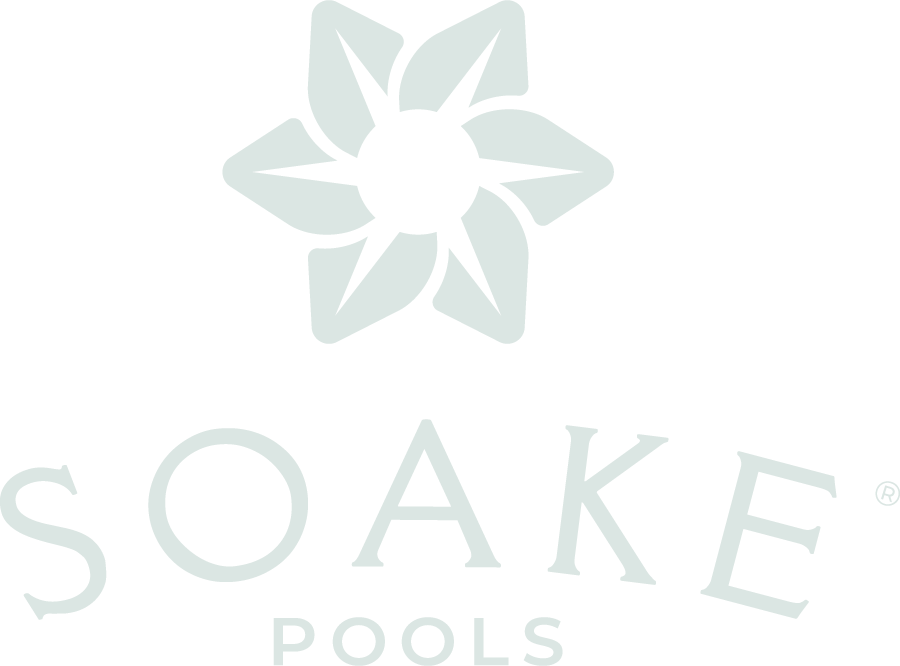THE SPA EXPERIENCE OF A PLUNGE POOL
In nature, a plunge pool is a pool of water at the base of a waterfall. It is formed by the “plunging” of water, creating a natural plunge basin.
From the Chinese to the Greeks to the Romans to the British in the 18th century, this feature in nature was often used to promote health.
Traditional Chinese medicine recommends taking cold baths. The cold temperature is supposed to stimulate nerve endings in the skin. After this shock to the system, blood races back to the extremities, invigorating the body and building up the immune system. The Chinese used lakes, rivers and pools with temperatures of 20 degrees Celsius and below.
The Greeks created bathing regimens that formed the foundation for modern spa procedures. They used small bathtubs, wash basins and foot baths for personal cleanliness. Bathing chambers were cut into hillsides, taking advantage of natural features. The Romans later emulated the Greeks, creating plunge pools, community saunas and public bathhouses on a much larger scale.
It’s no wonder that plunge pools are popular today. Plunge pools can provide therapeutic benefits in a variety of ways, for a variety of people.
The still water of a plunge pool is calming and spa-like. It provides full-body sensory input, helping quiet the body and the mind.
The salt water of a plunge pool feels nice on the skin, and doesn’t dry like chlorine.
A plunge pool can be as an outdoor spa for cold plunge therapy or heated to ease aches and pains. Swimmers and athletes often use them after a workout.
Soake Pools provides semi-custom salt-water plunge pools to homeowners, businesses and organizations coast to coast.

